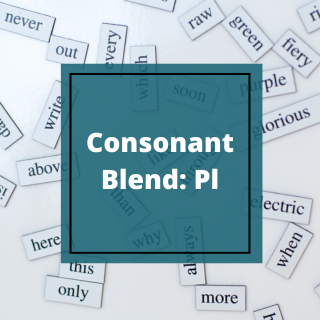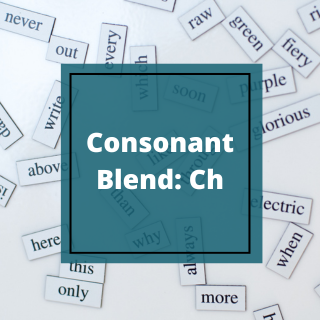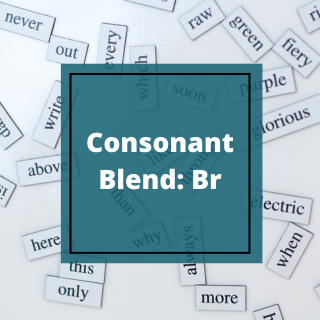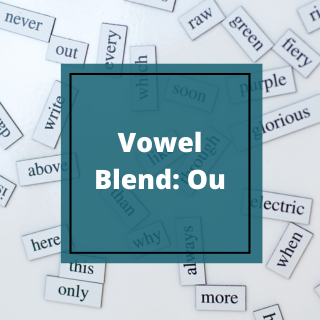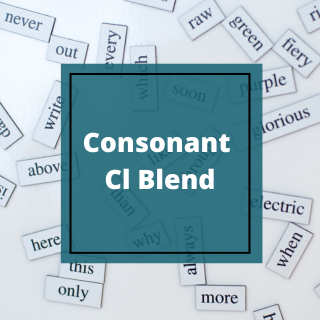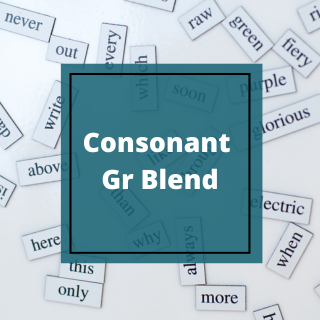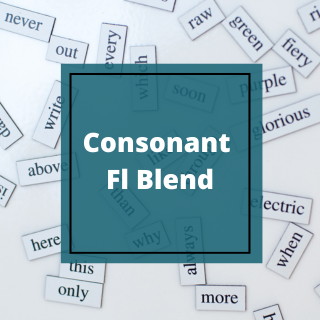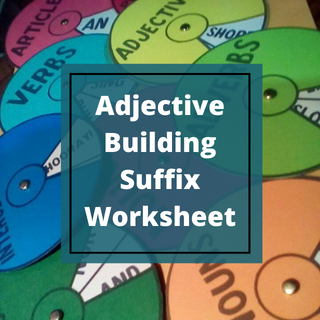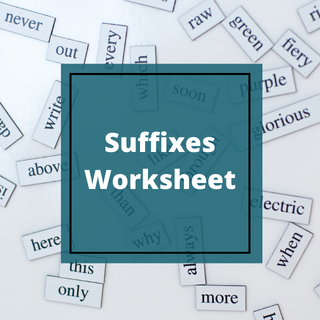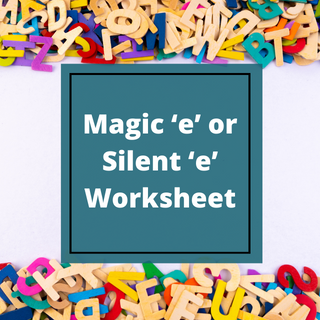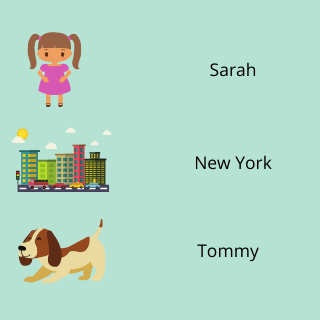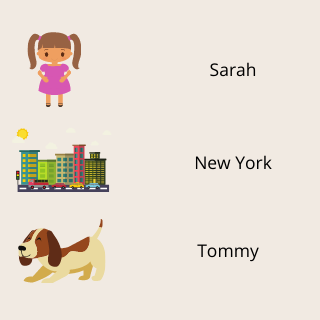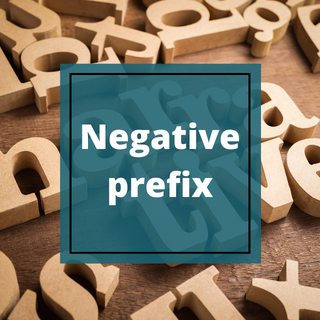
Worksheet
Negative Prefixes Worksheet
This Negative Prefixes worksheet is designed for 6-12 years of children to help them practice negative prefixes.
When children learn to read and write, it is important for them to understand affirmative and negative words. It helps them to understand and interpret the different meanings of the word. The addition of a prefix changes the meaning of the word and the complete sentence.
What is a Prefix?
A prefix is a word part that is placed in front of a base word to modify it. A prefix may change the meaning of the word, make it negative, show repetition or indicate opinion. While we add a prefix the spelling of the original or base word does not change.
What are Negative Prefixes?
Negative words are the opposite of affirmative words. It makes the base word negative. To make negative words, we can add negative prefixes to nouns, adjectives, and verbs.
Here are some English negative prefixes: un-/in-/im- /il- /ir. To understand the right placement of each prefix, let us comprehend some rules
Rules to Use These Negative Prefixes
- UN Prefix
Use the ‘un-‘ prefix before words that start with a vowel or consonant. It is commonly used before the words that end with ‘ed’ and ‘able’.
For example, touched–untouched, Believable–Unbelievable
- IL Prefix
Use the ‘il-‘ prefix before words that start ‘l’. For example, legal–illegal, logical-illogical
- IM Prefix
Use the ‘Im-‘ prefix before words that start with m or p. For example, moral–immoral, possible-impossible
- IR Prefix
Use the ‘ir-‘ prefix before words that start with r. For example, regular–irregular, resistible-irresistible.
- IN Prefix
Use the ‘in-‘ prefix with words that start with consonants and vowels, but not i or u. For example, accurate–inaccurate, eligible-ineligible.
How to Practice the Negative Prefixes Worksheet?
Carefully read and comprehend the rules mentioned above. Then read the sentences mentioned in the worksheet. Add the correct prefix before the word that carries blanks. Rewrite the sentence with the negative word.
For example, in the sentence, I have an __rational fear of snakes.
Correct answer: I have an irrational fear of snakes. (Here, the word rational starts with ‘r’, therefore, as per the above rules, the prefix Ir- is applicable)
Let us take another example: Anna is an __mature person.
Correct answer: Anna is an immature person. (Here, the word mature starts with ‘m’, therefore, as per the above rules, the prefix Im- is applicable)
This Negative prefixes worksheet will help the child to practice placing the correct prefix before the word to form a negative word from the base word.
When the children would write the complete sentence with correct negative prefixes, it would be easier for them to comprehend all the rules.
Download the negative prefixes worksheet to practice the concept of negative prefixes and how they change the meaning of words and sentences.
Related worksheets
Consonant Blends Ch Worksheet
help the child learn ch blend words and their usage in sentences
View WorksheetConsonant Blends: Br Worksheet
Help the child learn br blend words and their usage in sentences
View WorksheetVowel Blends Ou Worksheet
help the child learn ou blend words and their usage in sentences
View WorksheetConsonant Blends: Cl Worksheet
help the child learn cl blend words and their usage in sentences
View WorksheetConsonant Blends: Gr
help the child learn gr blend words and their usage in sentences
View WorksheetConsonant Fl Blends Worksheet
help the child learn the words starting with consonant fl blends and its usage in the sentences
View WorksheetSuffix Story Worksheet
A Creative and Engaging Worksheet for Crafting Stories with Suffixes.
View WorksheetAdjective Building Suffix Worksheet
Enhance Your Child Writing and Language Skills with Creative Worksheet for Building a Strong Adjective Vocabulary.
View WorksheetSuffixes Worksheet
An Interactive and Engaging Worksheet for Building Vocabulary and Spelling.
View WorksheetMagic ‘e’ or Silent ‘e’ Worksheet
This worksheet helps the child to practice the formation of words with Magic 'e' or Silent 'e'
View WorksheetPrefix Re and Un Worksheet
Help the child practice the usage of Re and Un prefixes in the sentences
View WorksheetCapitalization Practice Worksheet: Capitalization Rule 4
Helps the child learn and practice the application of rule 4 of capitalization
View WorksheetCapital Letters Worksheet: Based on Rule 3
help the child practice which word to capitalize based on its rules
View WorksheetCapitalization Worksheet: Rule 1
Help the child to practice capitalizing first word after full stop
View WorksheetCommon and Proper Nouns Worksheet
Identify common nouns and proper nouns in the sentences
View Worksheet


